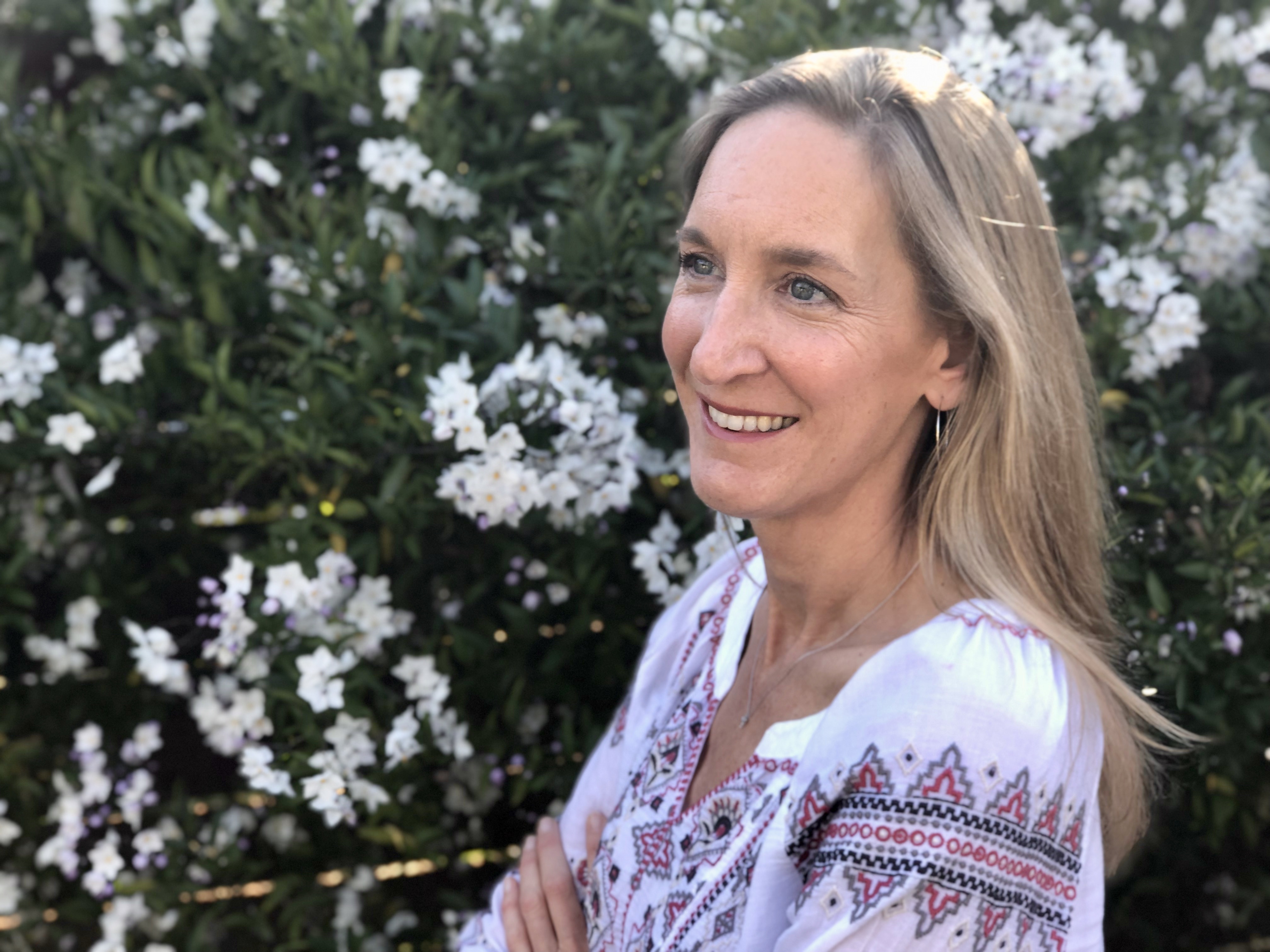Lessons Learned from Intentional & Active Cocooning
- Heather Dias Coaching

- Apr 6, 2021
- 4 min read
Cocoon:
Something that encloses another thing, especially to protect it.
The covering made of soft, smooth threads that surrounds and protects particular insects during the pupa stage as they develop (transform) into adult form. (https://www.merriam-webster.com/dictionary/cocoon)
This last year for me has been a season of intentional and active cocooning.
Intentional because what started as a required “stay at home” order morphed into an intentional time of active cocooning. For me, cocooning is enclosing myself in the nurturing and protective word of God. Surrounding myself with His Truth as I seek to discover and prepare for the next stage of my journey. It is an active time of self-reflection and growth.
This type of “spiritual” cocooning is never about isolation or avoidance, but always about discovery and growth.
Before any beautiful transformation, there is a time of active cocooning.
I have embraced this season of COVID to transform, to actively wait, and prepare for the next transition. It’s coming. I feel it approaching. It’s almost as if my hand is on the doorknob and I am turning it gently. I have literally stepped into the Red Sea and am waiting in faith for God’s power to ignite.
I read recently that you can pull open a rosebud, but when you do that, you spoil the flower that’s waiting to bloom. Everyone experiences their unique journey, their unique blooming in God’s Perfect Time (GPT) for them.
Inside the chrysalis or the cocoon, many things are happening to the caterpillar as it transforms into a butterfly. The caterpillar is definitely not in a “resting” stage as it cocoons. The caterpillar’s old body is dying inside the chrysalis and a new body, with beautiful wings, is being created.
This process of metamorphosis easily applies in many ways to our own seasons of transformation and “spiritual’ cocooning.
Lesson 1:
Time is a unique variable.
If anyone were to interrupt the transformation process and open the chrysalis, the butterfly would not thrive or grow into its full potential. Some caterpillars need weeks in the cocoon while others require months to transform into a butterfly.
The same is true for us. We each have our own time clock, schedule, for our unique transformation. On the outside, we may look like we are ready to fly, but looks can be deceiving. It’s important to trust our instinct to know when WE are ready to take OUR leap of faith and fly.
We are all on our own unique journeys and God has His own Perfect Timing (GPT) for each of us. No two journeys are the same and no two transformations are the same.
Lesson 2:
Waiting is work.
When it is time for the caterpillar to become an adult, it finds a sheltered safe spot where it transforms itself. The change inside the chrysalis is slow and gradual. It requires that the old caterpillar body be broken down and turned into something new. This takes time, cannot be rushed, and is a very active period for the caterpillar.
Our cocooning is part of God’s Perfect Season (GPS) for us. It is a time of empowering isolation with God, as we search our soul and grow in understanding. As our old ways are transformed into alignment with God’s plan and will for our life.
Romans 12:2 says that we are to:
“let God transform (us) inwardly by a complete change, renewal of (our) mind. Then (we) will be able to know the will of God—what is good and is pleasing to him and is perfect.”
I love that. That is what cocooning is – we are being transformed inwardly by a complete renewal in the way we think so that we will know without a doubt what God wants for us.
This takes work on our part.
While we cocoon, we are actively praying, learning, reading, reflecting, meditating, etc…
We might seek the support of a life coach or counselor to help guide us too.
Lesson 3:
Trust the Process.
“We delight in the beauty of the butterfly, but rarely admit the changes it has gone through to achieve that beauty.”
– Maya Angelou
Transformations are beautiful combinations of who we were, who we are, and who we are becoming. The process of cocooning incorporates all of this. During the cocooning process for the butterfly, some of the old tissues pass from the caterpillar onto the new body.
For example, the legs of the caterpillars’ body are more or less unchanged when it emerges as a butterfly.
As we inwardly cocoon our soul, we look forward in hope, in watchful anticipation to our transformation and emergence as a better version of ourselves. We are willing to give up the parts of ourselves that are no longer needed to serve us or others. We have faith that when we finally emerge from our cocoon, we will be transformed and restored, prepared for the next stage of our journey. Like the butterfly, we will be ready to fly.
This is the goal of intentional and active cocooning – that we emerge with a renewed sense of purpose that is in complete alignment with God’s will for our life.






Comments